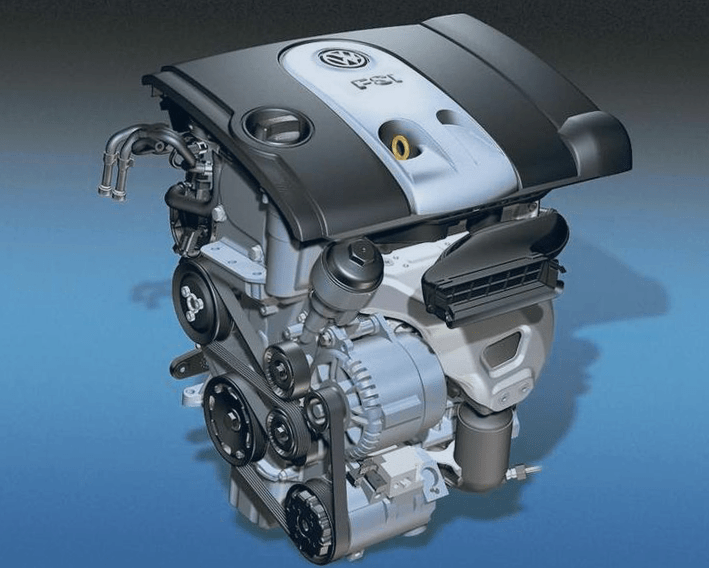
4×4 on asphalt. What should be remembered?
The Poles are convinced of all-wheel drive vehicles. Crossovers and SUVs are on the rise. There are also people who pay extra for a 4×4 when buying a classic limousine or station wagon. What is worth remembering when operating a car with a branched transmission?
The benefits of all-wheel drive are well known. Improved driving performance, safer behavior in critical situations and increased traction are some of them. 4×4 also has disadvantages. This improves fuel consumption, reduces dynamics, adds weight to the vehicle, and increases purchase and maintenance costs. Some problems can be avoided by taking care of the drive. Driver behavior even affects the state of the electronically controlled 4×4.
When starting, avoid releasing the clutch at high rpm and control the throttle and clutch in such a way as to reduce the travel time at half the clutch. Four-wheel drive, especially permanent, eliminates the safety valve in the form of wheel slip. With 4×4, driver errors affect the transmission - the clutch disc suffers the most.
It is extremely important to maintain a constant wheel circumference. Significant differences in the degree of tread wear, different types of tires on the axles or their underinflation do not serve the transmission. In a permanent drive, differences in the speed of the axles make the center differential work unnecessarily. In the analogue of an electronically controlled multi-plate clutch, signals entering the ECU can be interpreted as signs of slipping - attempts to twist the clutch will shorten its life. If you decide to change tires, always buy a complete set!
In cars with hard drive to the front axle (so-called Part Time 4WD; mostly pickup trucks and cheaper SUVs), the benefits of all-wheel drive can only be enjoyed on loose or completely white roads. Driving in 4WD mode on wet pavement or partially snowy asphalt is physically possible, but creates unfavorable stresses in the transmission - there is no differential between the front and rear axles that could compensate for the difference in axle speeds when cornering.
On the other hand, in crossovers and SUVs with a plug-in rear axle, remember the purpose of the lock function. A button on the dashboard engages the multi-plate clutch. We should reach for it only in exceptional situations - when driving through mud, loose sand or deep snow. On roads with good traction, a fully depressed clutch will be subjected to considerable stress, especially when cornering. It is not for nothing that the manufacturers' manuals emphasize that maneuvering may be accompanied by jerks and an increased than usual level of noise from under the wheels, and the Lock function cannot be used on asphalt.
To minimize the chance of clutch damage, the clutch is electronically released after exceeding 40 km/h. In many models, the driver’s choice is not remembered - after turning off the engine, the Lock function must be turned on again, which eliminates accidental, long driving with the clutch fully depressed (perhaps, including some Korean SUVs, where the lock control button works in 0-1 mode) . It should be emphasized that most electronically connected four-wheel drive is designed to temporarily improve traction, and not for permanent operation at high loads. This is worth remembering, for example, when you are trying to drive with a controlled skid. It is possible, but it is impossible to overload the car - a long drive with gas to the floor will lead to overheating of the center clutch.
In the interest of drive condition, follow manufacturer's or mechanic's recommendations for lubricant selection and procedures. The oil in the gearbox, transfer case and rear differential, often combined with a multi-plate clutch, must be changed regularly. In most models, every 60 thousand km. The original DPS-F oil should work best in the Honda Real Time 4WD, and when changing the lubricant in Haldex, the filter should not be excluded - attempts to save money can turn into costs.

